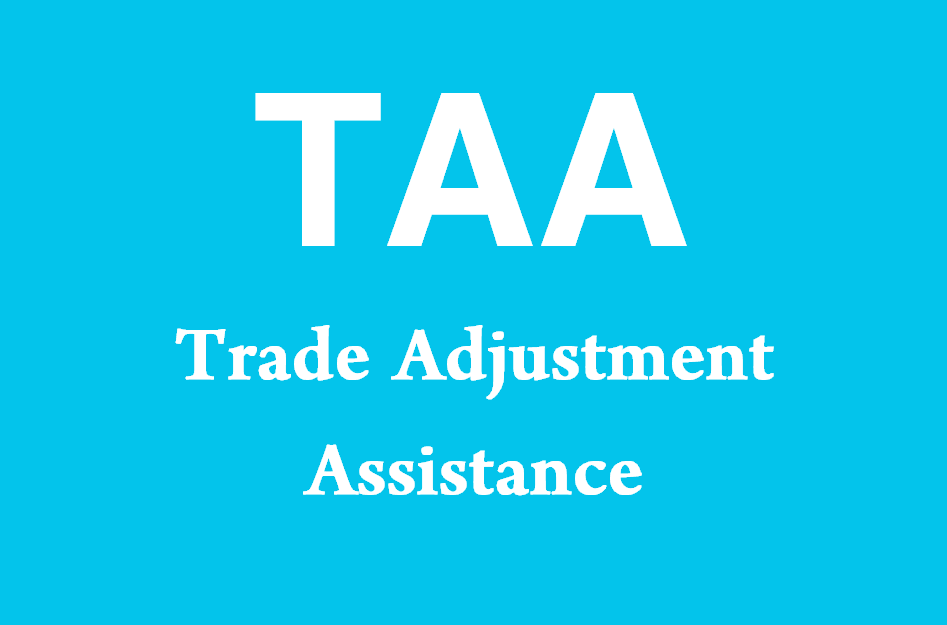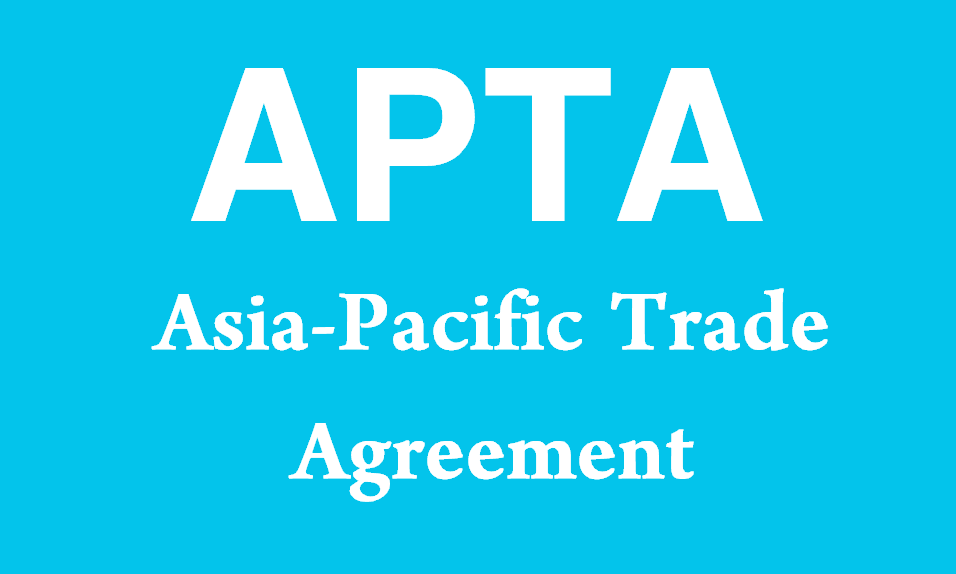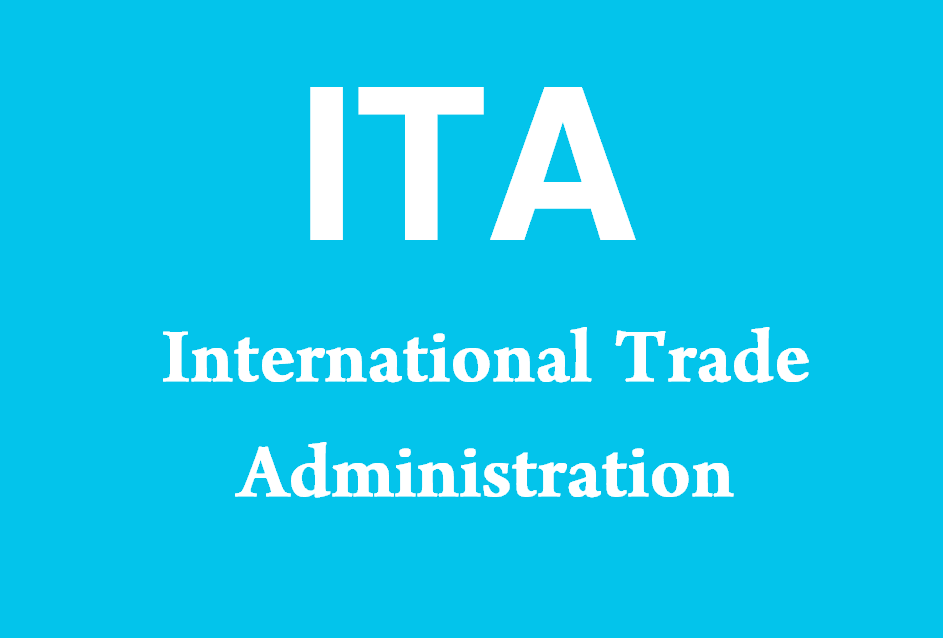What Does TAA Stand For?
TAA stands for “Trade Adjustment Assistance.” Trade Adjustment Assistance is a federal program in the United States designed to provide aid to workers, companies, and communities that have been adversely affected by foreign competition. The program aims to help those impacted by international trade to retrain, re-employ, and adapt to the changing economic environment.

Comprehensive Explanation of Trade Adjustment Assistance (TAA)
Introduction to Trade Adjustment Assistance
Trade Adjustment Assistance (TAA) is a federal program established by the U.S. government to support American workers, businesses, and communities that experience negative impacts due to international trade. Originating in the Trade Expansion Act of 1962, TAA has been amended and expanded several times to address the evolving needs of those affected by trade liberalization and globalization.
Objectives of TAA
Support for Displaced Workers
The primary objective of TAA is to assist workers who have lost their jobs due to increased imports or shifts in production to foreign countries. The program provides a range of benefits and services to help these workers transition to new employment.
Business and Community Assistance
In addition to aiding workers, TAA offers support to businesses and communities that have been adversely affected by trade. This assistance helps companies improve their competitiveness and helps communities diversify their economies.
Components of TAA
Worker Assistance
TAA for workers includes several key components designed to help displaced workers find new employment:
- Training Programs: TAA provides funding for training programs that equip workers with new skills needed in the current job market. These programs may include vocational training, apprenticeships, and post-secondary education.
- Income Support: Workers enrolled in full-time training may be eligible for income support, known as Trade Readjustment Allowances (TRA), which provides financial assistance while they complete their training.
- Job Search and Relocation Allowances: TAA offers financial assistance for job search and relocation expenses, helping workers find employment opportunities outside their immediate geographic area.
- Reemployment Services: TAA provides a range of reemployment services, including career counseling, job placement assistance, and resume workshops.
Business Assistance
TAA for firms, known as the TAA for Firms program, provides technical assistance to help companies affected by import competition improve their competitiveness. This may include:
- Business Analysis: Comprehensive analysis of a firm’s operations to identify areas for improvement.
- Strategic Planning: Development of strategies to enhance productivity, efficiency, and market reach.
- Implementation Support: Assistance in implementing recommended changes, such as upgrading technology or improving marketing efforts.
Community Assistance
TAA for communities focuses on helping regions affected by trade-related job losses diversify their economies and attract new industries. This may include:
- Economic Development Planning: Support for developing economic diversification plans tailored to the community’s strengths and opportunities.
- Infrastructure Improvement: Funding for infrastructure projects that enhance the community’s attractiveness to new businesses.
- Capacity Building: Programs to build local capacity for economic development initiatives.
Eligibility and Application Process
Worker Eligibility
To qualify for TAA benefits, workers must be part of a worker group that has been certified by the U.S. Department of Labor (DOL) as being adversely affected by foreign trade. The certification process involves the following steps:
- Petition Filing: A petition can be filed by a group of three or more workers, a company official, a union, or a state workforce agency.
- Investigation: The DOL investigates the petition to determine whether increased imports or shifts in production contributed to the job losses.
- Certification: If the DOL finds that trade-related factors were a significant cause of job losses, it certifies the worker group, making them eligible for TAA benefits.
Firm Eligibility
To be eligible for TAA for Firms, a company must demonstrate that increased imports have contributed significantly to a decline in sales or production, and that this has led to layoffs or other adverse effects. The application process includes:
- Petition Filing: The firm or an authorized representative files a petition with the Economic Development Administration (EDA).
- Eligibility Determination: The EDA reviews the petition to determine whether the firm meets the criteria for TAA assistance.
- Assistance Plan: Once certified, the firm works with the EDA to develop and implement an adjustment plan tailored to its specific needs.
Benefits of TAA
Economic Stability
TAA helps stabilize local economies by providing displaced workers with the skills and support needed to find new employment. This reduces the negative impact of job losses on communities.
Workforce Development
By funding training and education programs, TAA contributes to the development of a skilled workforce that can meet the needs of modern industries. This enhances the overall competitiveness of the U.S. economy.
Business Competitiveness
TAA for Firms helps businesses adapt to changing market conditions, improve their operations, and become more competitive in the global market. This support can lead to increased productivity, sales, and job retention.
Community Resilience
TAA for Communities supports economic diversification and development initiatives that help regions affected by trade-related job losses build more resilient and sustainable economies.
Challenges and Criticisms
Limited Awareness
One of the main challenges of the TAA program is limited awareness among eligible workers and firms. Many potential beneficiaries are not aware of the program or do not know how to access its benefits.
Administrative Complexity
The application and certification processes for TAA can be complex and time-consuming, which may deter some eligible workers and firms from applying.
Effectiveness and Reach
Critics argue that TAA does not always reach all affected workers and firms, and that the benefits may not be sufficient to fully address the economic disruption caused by trade.
Case Studies and Success Stories
Worker Retraining
A case study of a manufacturing worker displaced by import competition shows how TAA-funded retraining allowed the worker to transition to a new career in healthcare. The worker completed a two-year nursing program and secured stable employment in a growing field.
Business Revitalization
A small electronics firm impacted by increased imports utilized TAA for Firms assistance to modernize its production processes and expand its product line. The firm’s sales increased, and it was able to rehire previously laid-off workers.
Community Development
A community in the Midwest that experienced significant job losses due to factory closures received TAA for Communities support to develop an economic diversification plan. The plan focused on attracting technology companies and improving local infrastructure, leading to new investment and job creation.
Future Directions
Expanding Outreach
Efforts to expand outreach and increase awareness of the TAA program can help ensure that more eligible workers and firms benefit from its support.
Simplifying Processes
Simplifying the application and certification processes can make it easier for workers and firms to access TAA benefits, reducing barriers to participation.
Enhancing Benefits
Enhancing the benefits provided by TAA, such as increasing funding for training programs and providing additional support for displaced workers, can improve the program’s effectiveness in addressing the impacts of trade.
Notes to Importers
Understanding TAA Implications
Importers need to understand the implications of TAA for their business operations and workforce. The program provides support to workers and firms affected by trade, which can impact labor availability, costs, and supply chain dynamics.
Key Considerations for Importers
Workforce Stability
Importers should be aware of the potential impact of TAA on workforce stability. Supporting employees who are eligible for TAA benefits can help mitigate disruptions caused by job losses and improve overall employee morale.
Supplier Competitiveness
TAA for Firms can help suppliers improve their competitiveness by providing technical assistance and support for operational improvements. Importers should encourage their suppliers to explore TAA opportunities.
Community Engagement
Engaging with local communities affected by trade-related job losses can enhance an importer’s reputation and support economic development initiatives. Importers can collaborate with TAA programs to contribute to community resilience.
Practical Tips for Importers
Promote TAA Awareness
Importers can promote awareness of TAA among their employees and suppliers by providing information about the program and encouraging eligible individuals and firms to apply for benefits.
Support Employee Training
Investing in employee training and development, in line with TAA objectives, can help importers build a skilled and adaptable workforce. This can enhance productivity and competitiveness.
Collaborate with TAA Programs
Importers can collaborate with TAA programs to support displaced workers and firms in their supply chain. This collaboration can lead to improved supplier performance and stronger community relations.
Sample Sentences and Their Meanings
- “TAA provides retraining opportunities for workers displaced by international trade.”
- This sentence explains that TAA offers retraining programs to help workers who have lost their jobs due to foreign competition.
- “Eligible firms can receive technical assistance through the TAA for Firms program to improve their competitiveness.”
- This sentence highlights that businesses affected by imports can get support to enhance their operations under the TAA for Firms program.
- “Communities impacted by trade-related job losses can benefit from economic development planning under TAA for Communities.”
- This sentence indicates that regions suffering from trade-induced job losses can receive help to develop economic diversification plans.
- “TAA includes income support for workers enrolled in full-time training programs.”
- This sentence explains that workers participating in training can receive financial aid through TAA while they are completing their education.
- “Importers should encourage their suppliers to explore TAA opportunities to enhance their competitiveness.”
- This sentence advises importers to motivate their suppliers to seek TAA benefits to improve their operational performance.
Other Meanings of TAA
| Acronym | Full Form | Description |
|---|---|---|
| TAA | Trade Adjustment Assistance | A U.S. federal program providing aid to workers and firms affected by foreign competition. |
| TAA | Technical Assistance Agreement | An agreement that outlines the provision of technical assistance between parties. |
| TAA | Temporary Assistance for Needy Families | A federal assistance program in the United States providing financial aid to low-income families. |
| TAA | Time-Action Analysis | A method used in project management to analyze the timing and sequence of activities. |
| TAA | Trans Australia Airlines | A former Australian airline that operated domestic flights. |
| TAA | Teachers’ Association of America | An organization representing the interests of teachers in the United States. |
| TAA | Test and Acceptance Agreement | A contract outlining the testing and acceptance criteria for a product or service. |
| TAA | Technical Assistance Agency | An organization providing technical support and expertise to other entities. |
| TAA | Travel Agents Association | An organization representing the interests of travel agents and promoting best practices in the industry. |
| TAA | Training and Assessment Authority | An organization responsible for setting standards and assessing training programs. |
| TAA | Total Allowable Annual Catch | A fisheries management term referring to the maximum quantity of a species that can be caught in a year. |
| TAA | Tactical Airlift Aircraft | Military aircraft designed for transporting troops and equipment. |
| TAA | Traffic Accident Analysis | The study and investigation of traffic accidents to determine causes and prevent future incidents. |
| TAA | Transient Anomaly Analyzer | A device or system used to detect and analyze temporary anomalies in data or systems. |
| TAA | Technical Architecture Assessment | An evaluation of the technical architecture of a system to ensure it meets required standards and objectives. |
| TAA | Trade Assistance Act | Legislation aimed at providing support to industries affected by trade policies. |
| TAA | Technology Adoption Assessment | An evaluation of the readiness and impact of adopting new technologies within an organization. |
| TAA | Tax Avoidance Agreement | An agreement between countries to prevent tax evasion and avoidance by individuals and businesses. |
| TAA | Targeted Assistance Area | A geographic area identified for receiving focused support and resources. |
| TAA | Therapeutic Area Assessment | An evaluation of a specific area of healthcare to determine the effectiveness and impact of treatments and interventions. |






